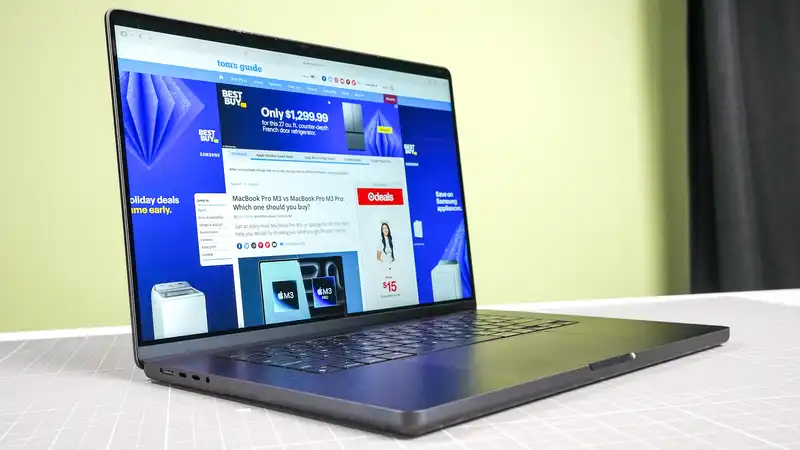We are now living in a 3nm world, and so far the only inhabitant is Apple. This is because the Cupertino folks have bought up all of TSMC's initial inventory of this new standard.
However, competitors have not seized the opportunity as chipmakers move to the even finer 2nm process; TSMC plans to begin mass production of this new processor in 2025, and both Apple and Intel are at the forefront of this processor.
This information comes from Taiwan Economic Daily and clearly shows how the "speed and feed" rivalry is beginning to heat up.
This is the first (sort of) concrete detail on what to expect, technically, and can be mapped to what we have seen from the leakers. On the Intel side, according to Moore's Law is Dead, Nova Lake will have 16 performance cores, 32 efficiency cores, and 4 cores with much lower power consumption.
This is a dramatic advance in cores compared to Intel's current chip maximum of Core Ultra 9 (6 performance cores, 8 efficiency cores, and 2 low-power efficiency cores). On paper, both CPU tasks and graphics should be greatly improved, as well as power efficiency. Perhaps it will be halfway there except for AI tasks like Meteor Lake.
Apple's 2nm chip, on the other hand, is a bit more up in the air in terms of specifics. All we can fairly safely predict is that Apple will be the first company to get it at the end of next year, and that Intel will probably announce this new generation in early 2026.
How can we be so sure? Intel releases a new generation of chips at the beginning of each year, whereas Apple releases a new generation of chips starting with the professional iPhone in the fall. If we match this to the projected 2025 launch, it is reasonable to expect the iPhone 17 Pro to be the first to taste 2nm power, followed shortly after by the Mac with the M5.
The smaller size of the processor node will result in better performance and lower power consumption thanks to a 20% increase in transistor count. The new process is expected to improve performance by up to 30%.
Given how fast the M3 Max MacBook Pro and iPhone 15 Pro are, this is another major step forward in any demanding task and will be felt in all aspects, including AI processing.
Given that TSMC is about to begin "risk" production (testing production techniques and analyzing potential threats to chip quality) towards the end of this year, we should see more information in the coming months.










Comments